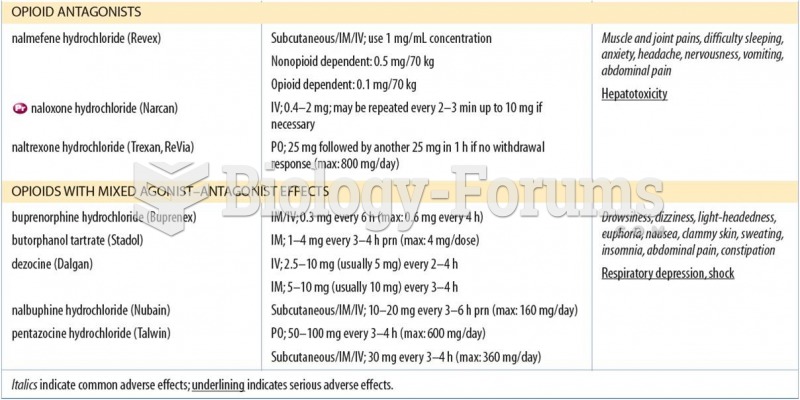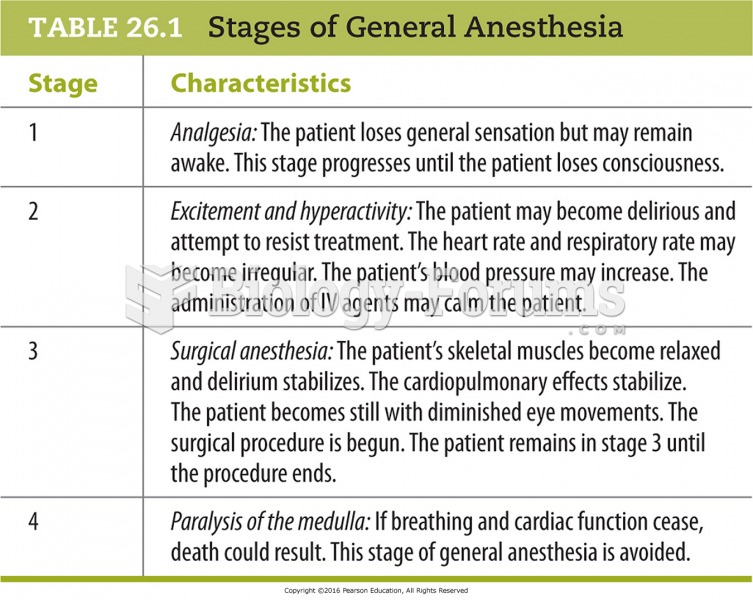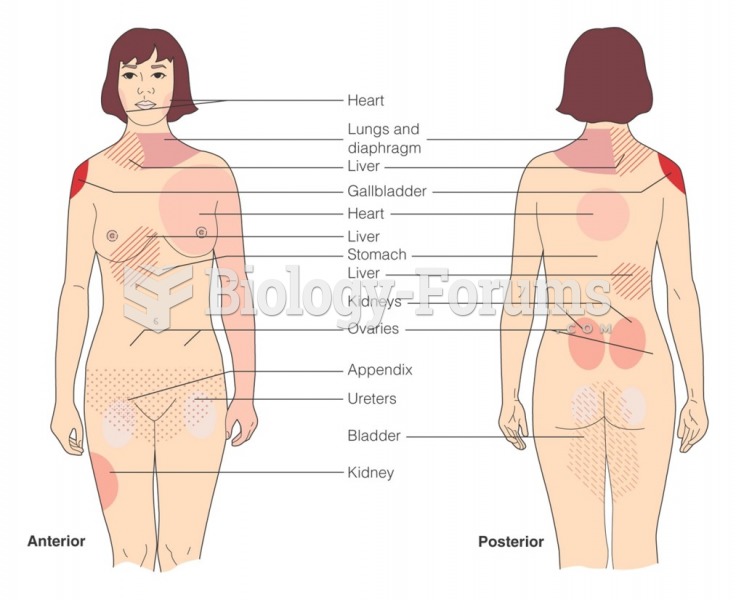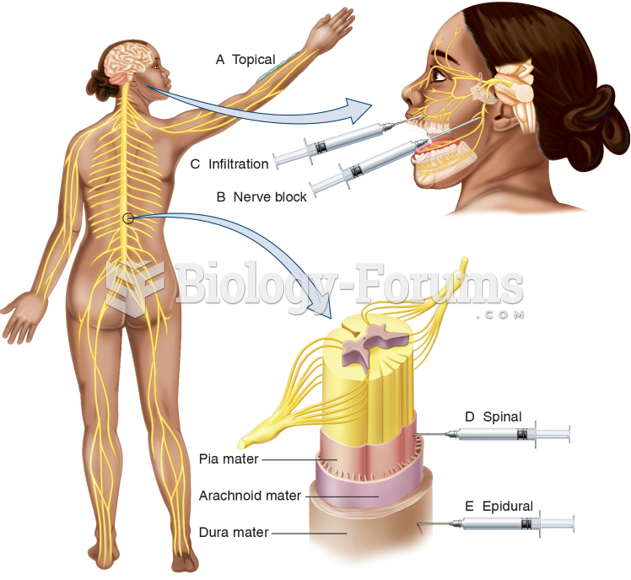This topic contains a solution. Click here to go to the answer
|
|
|
Did you know?
The shortest mature adult human of whom there is independent evidence was Gul Mohammed in India. In 1990, he was measured in New Delhi and stood 22.5 inches tall.
Did you know?
Illicit drug use costs the United States approximately $181 billion every year.
Did you know?
If you could remove all of your skin, it would weigh up to 5 pounds.
Did you know?
The familiar sounds of your heart are made by the heart's valves as they open and close.
Did you know?
Certain chemicals, after ingestion, can be converted by the body into cyanide. Most of these chemicals have been removed from the market, but some old nail polish remover, solvents, and plastics manufacturing solutions can contain these substances.







